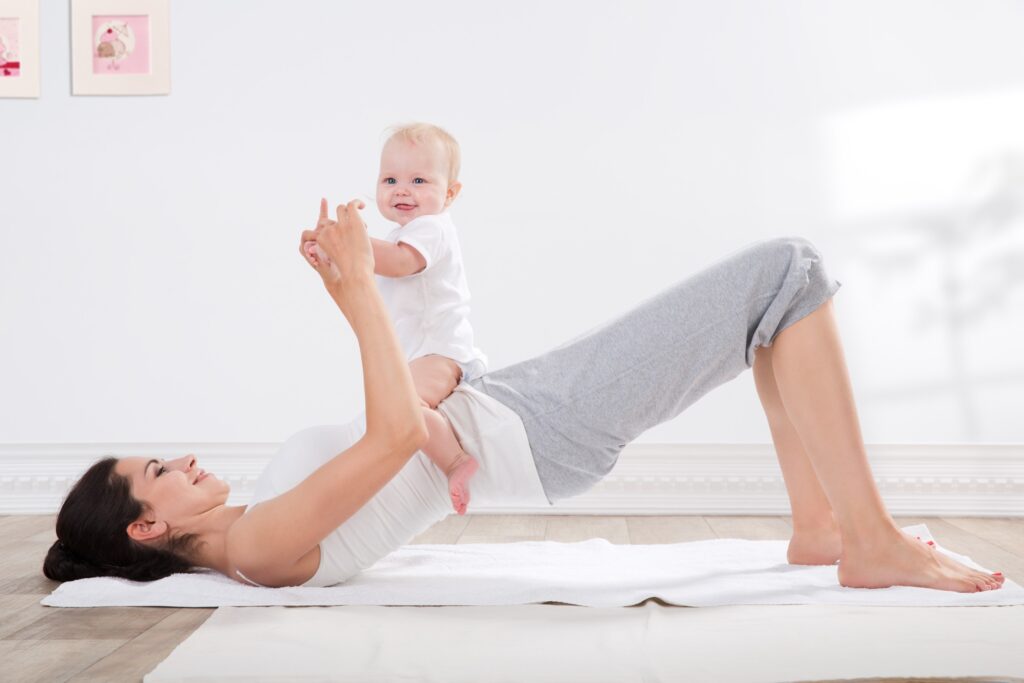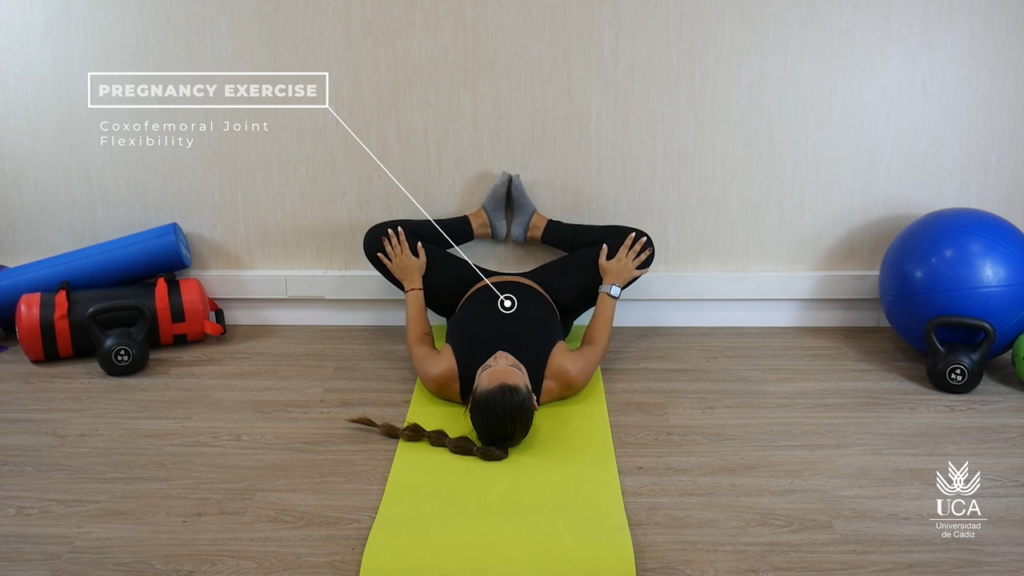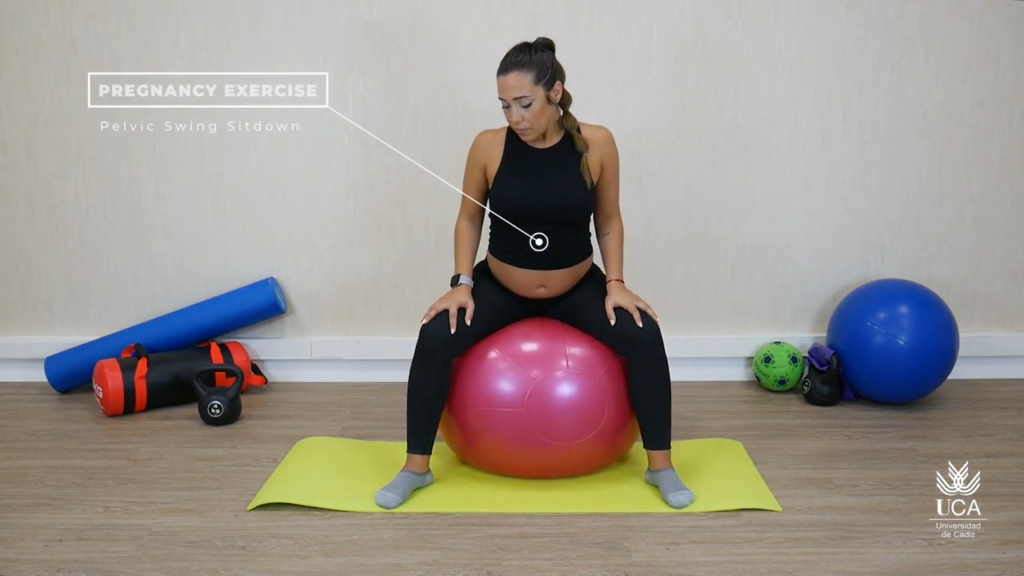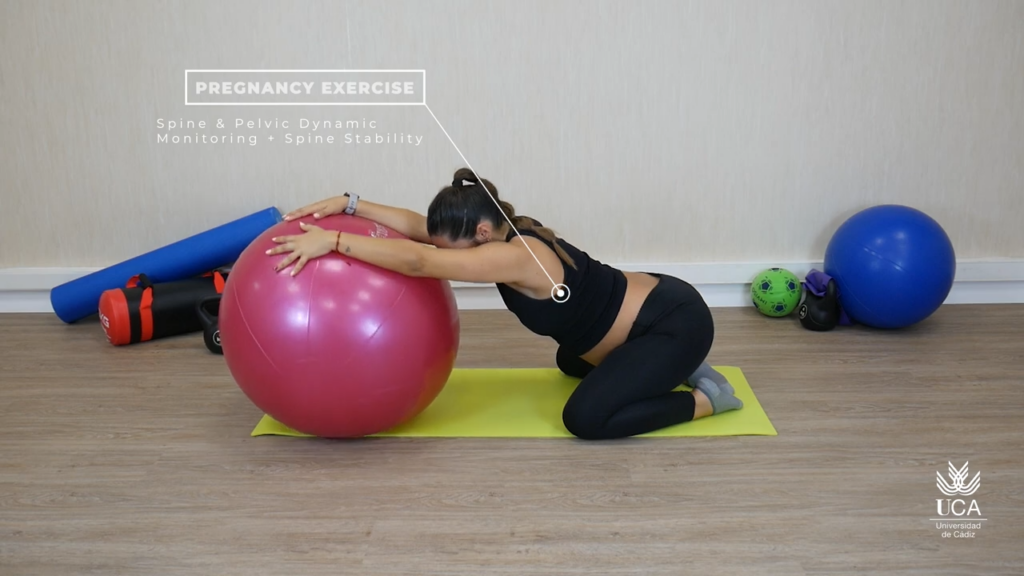Exercising with a child after childbirth has numerous benefits for both the mother and the child. Here are several reasons why it is worth exercising with your child after childbirth:
Improved physical health
Regular physical activity helps strengthen muscles, improve endurance, and enhance physical fitness. After childbirth, when a woman’s body is weakened, exercises can aid in returning to pre-pregnancy shape.
Increased energy and reduced stress
Physical exercises stimulate the release of endorphins, the hormones responsible for happiness. This can help reduce stress, boost energy levels, and enhance overall well-being.
Strengthened bond with the child
Exercising with your child offers an excellent opportunity to spend quality time together and strengthen your bond. Various activities can be incorporated, such as jogging with a stroller, carrying the child during exercises, or engaging in exercises that involve the child.
Promoted child development
Performing exercises with your child can contribute to their motor development. Movements like lifting the child in the air or gentle massaging can stimulate muscle and coordination development.
Facilitated post-pregnancy weight loss
Physical exercises can aid in weight loss after pregnancy. Regular postnatal exercises combined with a proper diet can accelerate the weight loss process.
Here are some examples of 10 exercises you can do with your baby after giving birth:
1. Squats with Baby
Purpose: strengthening the leg and glute muscles
Starting position: Stand upright, holding your baby in your arms.
Movement: Bend your knees and lower yourself down as if sitting on a chair. Then return to the starting position.
Muscles involved: Thigh muscles, glute muscles.
2. Baby Overhead Press
Purpose: strengthening the arm and back muscles.
Starting position: Hold your baby securely at chest height with both hands.
Movement: Lift your baby straight up overhead, extending your arms fully. Slowly lower them back down to the starting position.
Muscles involved: Shoulder and arm muscles.
3. Baby Squat and Reach
Purpose: strengthening the leg, glute, and arm muscles
Starting position: Hold your baby under their armpits, facing you.
Movement: Perform a squat, lowering your body while keeping your back straight. As you rise back up, extend your arms forward and lift your baby up in front of you.
Muscles involved: This exercise targets your legs, glutes, and shoulder muscles.
4. Baby Lifts in Squat Position
Purpose: strengthening the leg, glute, and arm muscles
Starting position: Stand with your feet slightly apart, holding your baby under their armpits.
Movement: Bend your knees and perform a squat while lifting the baby upward. Then return to the starting position.
Muscles involved: Leg muscles, glute muscles, arm muscles.
5. Side-to-Side Baby Transfer
Purpose: strengthening the arm and back muscles.
Starting position: Stand with your feet slightly apart, holding your baby on your side close to your body.
Movement: Gently transfer your baby from one side to the other, keeping them close to you. Repeat this movement several times.
Muscles involved: Arm muscles, back muscles.
6. Side Bends with Baby
Purpose: strengthening the lateral torso muscles.
Starting position: Stand upright, holding your baby in your arms.
Movement: Gently lean sideways, performing side bends to the left and right. Try to keep your core stable and avoid twisting your hips.
Muscles involved: Lateral torso muscles.
7. Plank with Baby
Purpose: strengthening the abdominal, arm and back muscles.
Starting position: Assume a plank position, resting on your forearms, and have your baby in front of you.
Movement: While maintaining a stable position, keep your body straight, avoiding any sagging or arching of the back.
Muscles involved: Abdominal muscles, back muscles.
8. Hip Bridge with Baby
Purpose: strengthening the glute, abdominal, and back muscles
Starting position: Lie on your back with your knees bent, and place your baby on your hips.
Movement: Lift your hips up, creating a straight line from knees to shoulders. Then slowly lower your hips back down to the mat.
Muscles involved: Glute muscles, abdominal muscles, back muscles.
9. Knee-to-Chest with Baby
Purpose: strengthening the abdominal and hip muscles.
Starting position: Lie on your back with your legs extended, and hold your baby in your arms.
Movement: Bring one knee towards your chest while keeping it bent.
Muscles involved: Abdominal muscles, hip muscles.
10. Baby Bicycle Crunches
Purpose: strengthening core muscles
Starting position: Lie on your back with your knees bent and lift your legs, placing your baby on your shins.
Movement: Bring the knees toward your chest.
Muscles involved: This exercise works your core muscles.
Remember to consult with a doctor before starting any exercises, especially after childbirth, to ensure they are safe and appropriate for you and your baby.
Also, consult with your physiotherapist as it allows for an individual assessment of your health condition, potential risks or contraindications, and personalized exercise recommendations.
Remember to adjust the intensity and range of exercises to your individual health condition and fitness level.
Agata Mroczek




